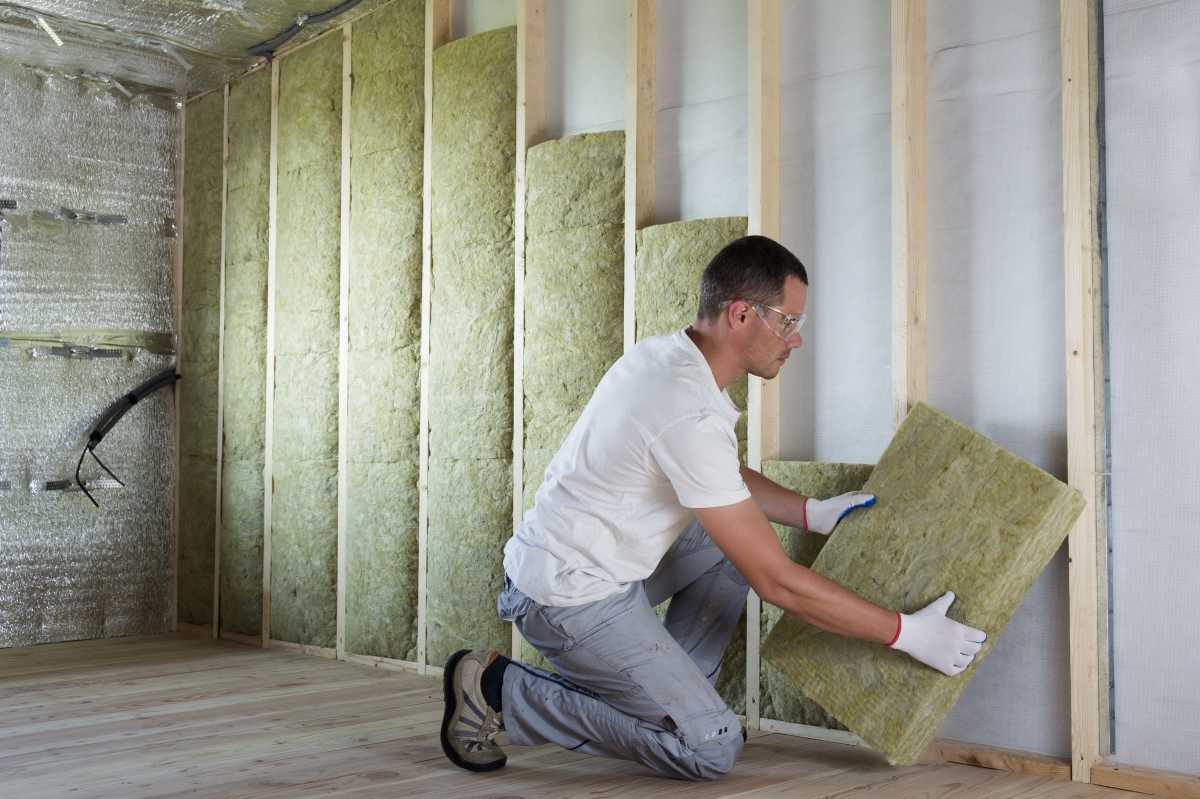Repairing water damage is a challenging task for DIY homeowners. This article is an excerpt form book called “EASY HOME DRYWALL REPAIRS” by “STANLEY“

Water damage on drywall is usually confined to ceilings. Roof problems and leaky plumbing in an upstairs bathroom are two common causes of water damage. Usually, water runs along the top of the drywall until it finds a seam or corner. Once the joint compound on the seam or corner becomes wet enough, the water breaks through and runs down the wall or onto the floor. This type of leak does not usually cause extensive drywall damage because the water found an exit and didn’t pool on top of the drywall long enough the cause it to sag. Flex Drywall Repair, Herndon VA is always here to make sure all your wall issues are given the right attention at all times.
Before repairing the drywall, you must first fix the roof or the plumbing to prevent further damage. Next, remove any loose tape and joint compound.
If the drywall has come loose, allow it to dry completely before refastening it. To prevent sagging, which is difficult to correct when reattaching a dried-out panel, prop up the drywall with a T-support or temporary furring strips. It’s a good idea to go into the attic and remove and dry out any insulation that may be wet. Removing wet insulation allows the drywall to dry faster, and it may also prevent further damage. When the drywall is thoroughly dry, it will return to its original strength and can be refastened.
If a section of drywall has bowed excessively between the ceiling joists because it has soaked up too much water, the affected area will need to be removed and the opening patched in the same way as for large holes.
DRY IT UP
When repairing water-damaged drywall, use fans and dehumidifiers to speed the drying process. It may be necessary to drill holes in the panel for ventilation. Drill at each end of the wet area and along each framing member within the area to help air circulate on the back of the panel.
REPAIRING WATER STAINS
Small stains from water damage can be sealed with a stain blocker and simply repainted. Larger areas of damage, whether from a leaking roof or a burst water pipe, need to be cleaned, thoroughly dried, and then repaired. Repairing water damage could be much easier.
CONCEAL THE DAMAGE.
There are a number of stain-blocking paints available. If the area will be painted, opt for water-bases stain blockers, which are easy to work with. Oil-or alcohol-based paints work best if you’re applying a texture over the stained area.
- CLEAN OFF THE DAMAGE. To repair a water-stained ceiling, make sure that the damaged area is dry, remove any loose material, and refasten as necessary.
- SEAL OFF THE DAMAGE. Apply a coat of stain-killing paint over the stained area.
- PATCH AND REPAINT. After the stain-killing paint has dried, patch the damaged areas with tape and two or three coats of compound, lightly sand, and then repaint the entire ceiling.
CORNER BEAD REPAIRS
Two things typically go wrong with outside corner beads: The bead either gets dented, or the edge along the drywall side develops a crack. In most cases, the damaged bead will be a metal corner bead.
REPAIRING A DENTED CORNER BEAD
- A DENT IN THE CORNER. Corner bead is susceptible to dents if struck when, for example, moving furniture.
- TAP AND BEND. Hit the damaged area with a hammer, and clean up the loose dried compound.
- TAPE AND PAPER. Cover the edge of the bead with mesh tape, apply compound, and then embed a short length of paper tape over the repair.
- MORE COMPOUND. When dry, blend in with two or three coats of compound. Sand to finish.
Continue reading about “Choosing the right remedy for a wet basement“

